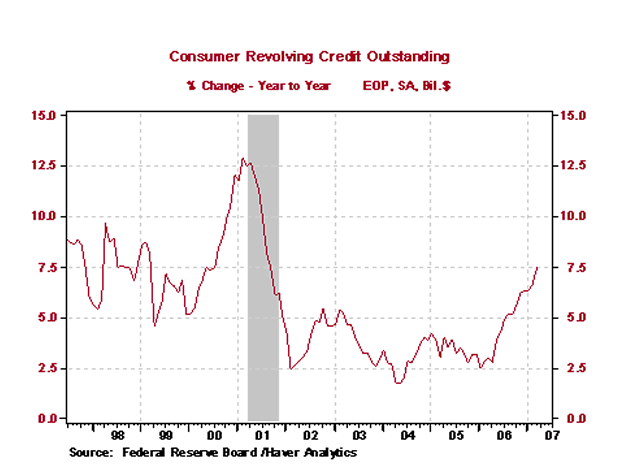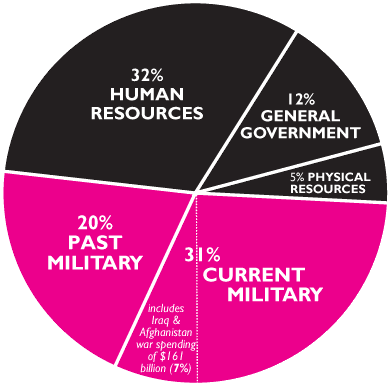5 Nobel PrizeWinning Economic Theories You Should Know About_2
Post on: 16 Март, 2015 No Comment

DEFINITION of ‘P/E 10 Ratio’
A valuation measure, generally applied to broad equity indices, that uses real per-share earnings over a 10-year period. The P/E 10 ratio uses smoothed real earnings to eliminate the fluctuations in net income caused by variations in profit margins over a typical business cycle. The ratio was popularized by Yale University professor Robert Shiller, who won the Nobel Prize in Economic Sciences in 2013. It attracted a great deal of attention after Shiller warned that the frenetic U.S. stock market rally of the late-1990s would turn out to be a bubble. The P/E 10 ratio is also known as the cyclically adjusted PE (CAPE) ratio or Shiller PE ratio.
INVESTOPEDIA EXPLAINS ‘P/E 10 Ratio’
The P/E 10 ratio is based on the work of renowned investors Benjamin Graham and David Dodd in their legendary 1934 investment tome “Security Analysis.” Graham and Dodd recommended using a multi-year average of earnings per share (EPS) – such as 5, 7 or 10 years – when computing P/E ratios to control for cyclical effects.

The P/E 10 ratio is calculated as follows – take the annual EPS of an equity index such as the S&P 500 for the past 10 years. Adjust these earnings for inflation using the CPI. Take the average of these real EPS figures over the 10-year period. Divide the current level of the S&P 500 by the 10-year average EPS number to get the P/E 10 ratio or CAPE ratio.
The P/E 10 ratio varies a great deal over time. According to data first presented in Shiller’s bestseller “Irrational Exuberance” (which was released in March 2000, coinciding with the top of the dot-com boom), updated to cover the period 1881 to November 2013, the ratio has varied from a low of 4.78 in December 1920 to a peak of 44.20 in December 1999.
A criticism of the P/E 10 ratio is that it is not always accurate in signaling market tops or bottoms. For example, an article in the September 2011 issue of the American Association of Individual Investors’ Journal noted that the CAPE ratio for the S&P 500 was 23.35 in July 2011. Comparing this ratio to the long-term CAPE average of 16.41 would suggest that the index was more than 40% overvalued at that point. The article suggested that the CAPE ratio provided an overly bearish view of the market, since conventional valuation measures like the P/E showed the S&P 500 trading at a multiple of 16.17 (based on reported earnings) or 14.84 (based on operating earnings). Although the S&P 500 did plunge 16% during a one-month span from mid-July to mid-August 2011, the index subsequently rose more than 35% from July 2011 to new highs by November 2013.














